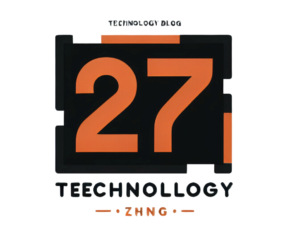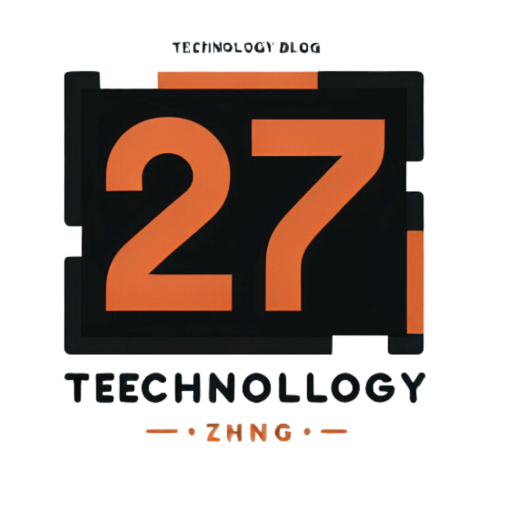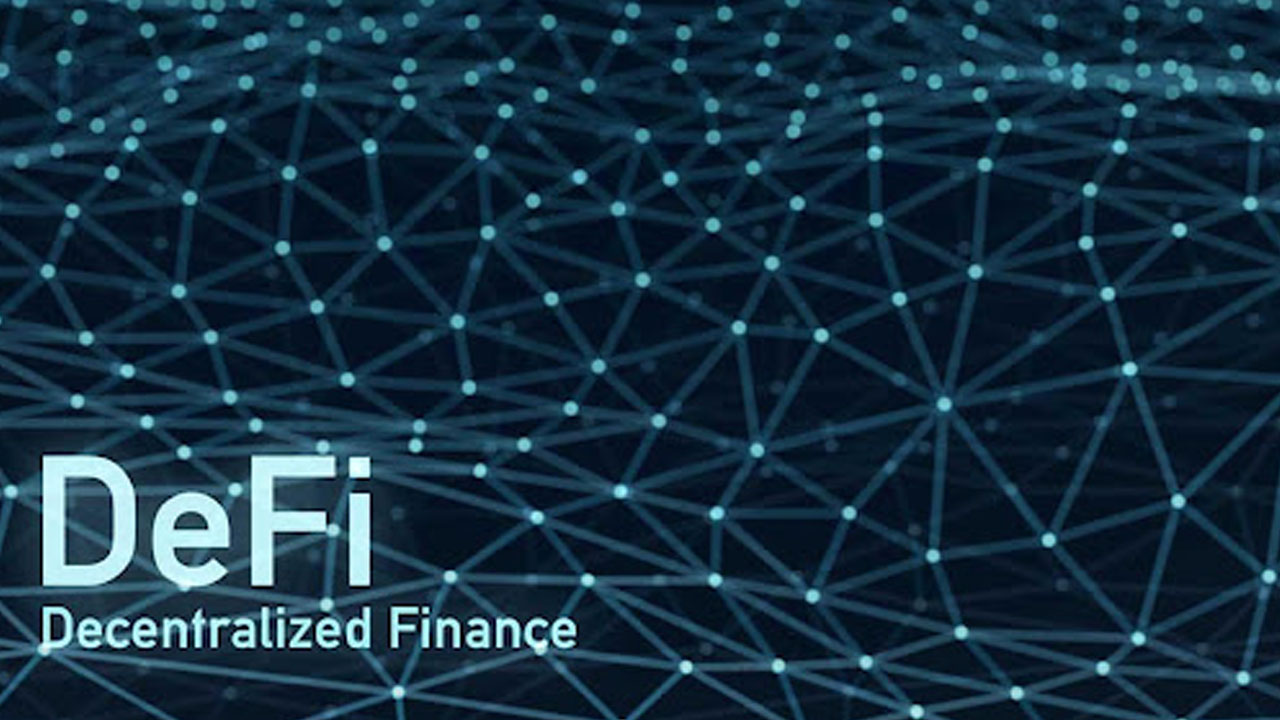Introduction
In recent years, Decentralized Finance (DeFi) has emerged as a revolutionary force in the financial sector, challenging traditional banking systems with its innovative approach. Leveraging blockchain technology, DeFi aims to create a more open, transparent, and accessible financial ecosystem. This article explores how DeFi is transforming traditional banking, the benefits and challenges associated with it, and what the future holds for this rapidly evolving field.
Understanding DeFi
Decentralized Finance, or DeFi, refers to a set of financial applications built on blockchain technology that operate without the need for intermediaries like banks or brokers. By utilizing smart contracts on blockchain networks such as Ethereum, DeFi platforms enable users to engage in various financial activities, including lending, borrowing, trading, and earning interest, all while maintaining control over their own assets.
Key Components of DeFi
- Smart Contracts: These self-executing contracts with the terms of the agreement directly written into code are the backbone of DeFi applications. They automate processes and transactions, ensuring that they are executed without human intervention.
- Decentralized Exchanges (DEXs): Unlike traditional exchanges, DEXs operate without a central authority. Users can trade cryptocurrencies directly from their wallets, enhancing privacy and reducing transaction fees.
- Stablecoins: These are cryptocurrencies designed to maintain a stable value relative to a fiat currency. They play a crucial role in DeFi by providing a reliable medium of exchange and store of value.
- Yield Farming and Staking: These practices involve locking up cryptocurrencies in a protocol to earn rewards, often in the form of additional tokens or interest. They offer users opportunities to generate passive income.
How DeFi is Transforming Traditional Banking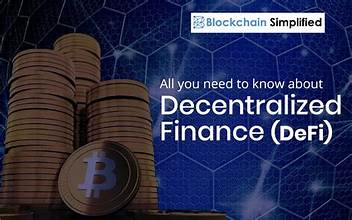
1. Increased Accessibility
One of the most significant impacts of DeFi is its ability to provide financial services to individuals who are unbanked or underbanked. Traditional banking systems often exclude those without access to physical bank branches or the necessary documentation. DeFi platforms, on the other hand, require only an internet connection and a digital wallet, making financial services more inclusive.
2. Lower Costs
DeFi eliminates the need for intermediaries, which often results in lower fees for transactions and financial services. Traditional banks charge various fees for services such as wire transfers, account maintenance, and currency conversion. By cutting out the middleman, DeFi platforms can offer more competitive pricing and reduced costs for users.
3. Enhanced Transparency
Blockchain technology provides an immutable and transparent ledger of all transactions. This transparency reduces the risk of fraud and corruption, as all transactions are publicly recorded and can be audited in real-time. This level of transparency is a significant improvement over traditional banking systems, where processes are often opaque.
4. Improved Security
DeFi platforms utilize advanced cryptographic techniques to secure transactions and user data. While traditional banks are susceptible to data breaches and fraud, blockchain technology offers robust security measures that protect against unauthorized access and cyberattacks.
5. Global Reach
DeFi operates on a global scale, allowing users from different countries to access financial services without the constraints of geographical boundaries. This global reach contrasts with traditional banking systems, which are often limited by national regulations and currency exchange barriers.
Challenges Facing DeFi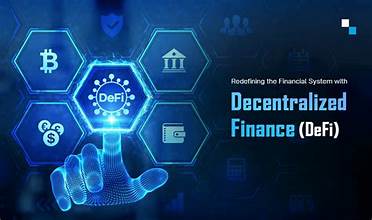
While DeFi offers numerous benefits, it also faces several challenges:
1. Regulatory Uncertainty
The regulatory landscape for DeFi is still evolving. Governments and regulatory bodies are grappling with how to classify and regulate decentralized financial activities. This uncertainty can create risks for users and investors, as well as hinder the widespread adoption of DeFi.
2. Smart Contract Vulnerabilities
Although smart contracts automate processes and reduce human error, they are not immune to bugs or vulnerabilities. Exploits and hacks can result in significant financial losses, highlighting the need for thorough testing and audits of DeFi protocols.
3. Scalability Issues
Many DeFi platforms operate on blockchain networks that face scalability challenges. High transaction volumes can lead to network congestion and increased fees, which can impact the user experience and limit the growth of DeFi applications.
4. Lack of Consumer Protections
Traditional banks offer various consumer protections, such as insurance on deposits and dispute resolution mechanisms. DeFi platforms, being decentralized and automated, lack these protections, which can expose users to higher risks.
The Future of DeFi
As DeFi continues to evolve, several trends are likely to shape its future:
1. Integration with Traditional Finance
DeFi and traditional finance are likely to become more intertwined. We may see increased collaboration between DeFi platforms and traditional financial institutions, as well as the development of hybrid solutions that combine the best aspects of both worlds.
2. Advancements in Technology
Ongoing advancements in blockchain technology, such as improvements in scalability and interoperability, will enhance the functionality and efficiency of DeFi platforms. Innovations like Ethereum 2.0 and Layer 2 solutions are expected to address some of the current challenges faced by DeFi.
3. Regulatory Clarity
As the regulatory environment for DeFi becomes clearer, we can expect more comprehensive guidelines and frameworks to govern decentralized financial activities. This clarity will help mitigate risks and encourage further adoption.
4. Increased User Adoption
With growing awareness and understanding of DeFi, more users are likely to embrace decentralized financial services. As DeFi platforms become more user-friendly and accessible, they will attract a broader audience and drive further innovation.
Conclusion
Decentralized Finance (DeFi) is revolutionizing the financial industry by leveraging blockchain technology to offer more accessible, cost-effective, and transparent financial services. While challenges remain, the potential benefits of DeFi are substantial. As the ecosystem continues to develop, it is poised to play a significant role in reshaping traditional banking and creating a more inclusive and efficient financial landscape.
